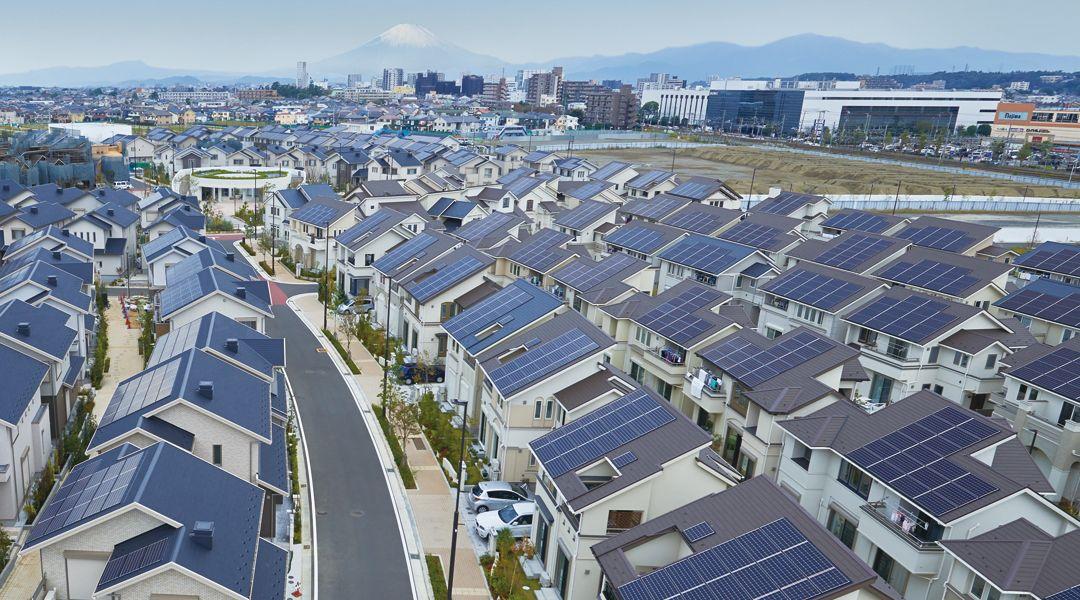In response to a rising commitment to resource conservation, renewable energy, and healthy living, sustainable or “smart” communities are cropping up around the world. By taking advantage of local sources of renewable energy, advanced energy efficiency measures, and alternative transportation methods, these communities can minimize their carbon footprints and environmental impacts. At the forefront of sustainability, these ultra-low-energy towns and neighborhoods also serve as testing grounds; studying their best practices can inform how to make cities as a whole more self-sufficient.
However, sustainable community development comes with its own set of challenges. From an engineering perspective, there can be concerns with deploying large quantities of renewable energy, such as rooftop solar systems and micro wind turbines, within the confines of a small town or neighborhood. There may be technical challenges when these renewable resources interact with the electrical grid, if it is not designed with them in mind.
Collaborations among urban planners, district developers, and energy utilities can be key to solving these challenges. Unfortunately, energy utilities have often been left out of early stages of sustainable community design, but by engaging them early on, low-energy communities may be able to proactively address electrical concerns to achieve even higher efficiencies in practice. The engineering research community also can support this integrated planning process by developing new cross-disciplinary modeling, simulation, and optimization tools. The availability of these tools can aide interdisciplinary teams of building scientists and electrical engineers in proposing innovative technical solutions that satisfy the needs of all community stakeholders.
In WIREs Energy and Environment, an overview of these topics is provided, including current practices in sustainable community planning and relevant electrical distribution system design approaches that might be incorporated to improve the planning process.
As the deployment of renewable energy increases, these integrated design techniques will become increasingly valuable. In turn, the lessons learned in sustainable community planning can be extrapolated to improve the utilization of renewable energy in smart cities and sustainable urban areas at large.
Kindly contributed by the Authors.

















